Edouard Manet: The Pioneering Modernist Who Defied Convention
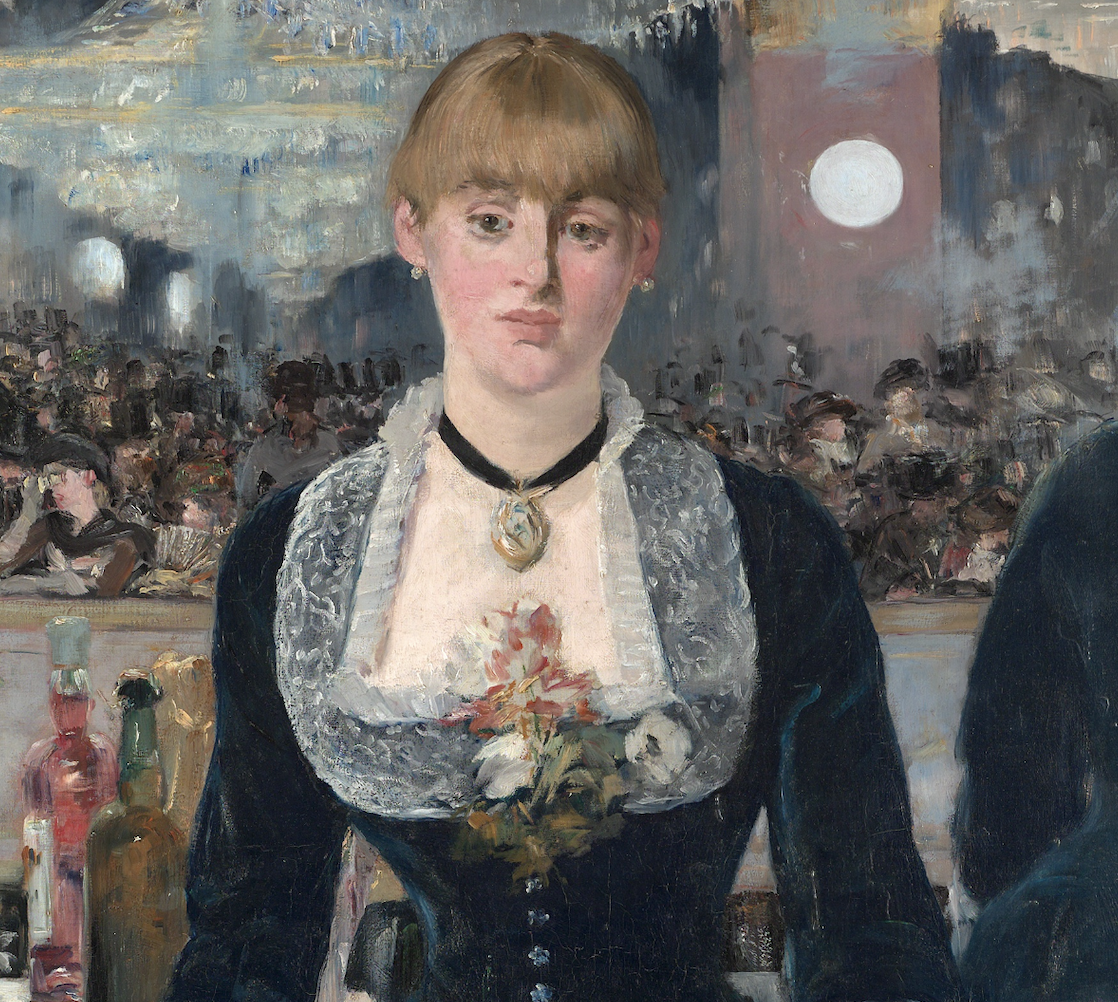
In the pantheon of art history, Edouard Manet (1832-1883) commands a distinct and pivotal locus, often heralded as the father of modern art and a critical bridge between realism and impressionism. His daring innovations in painting and his bold challenge to traditional narratives made him a controversial figure during his lifetime, but also laid the groundwork for future avant-garde movements.
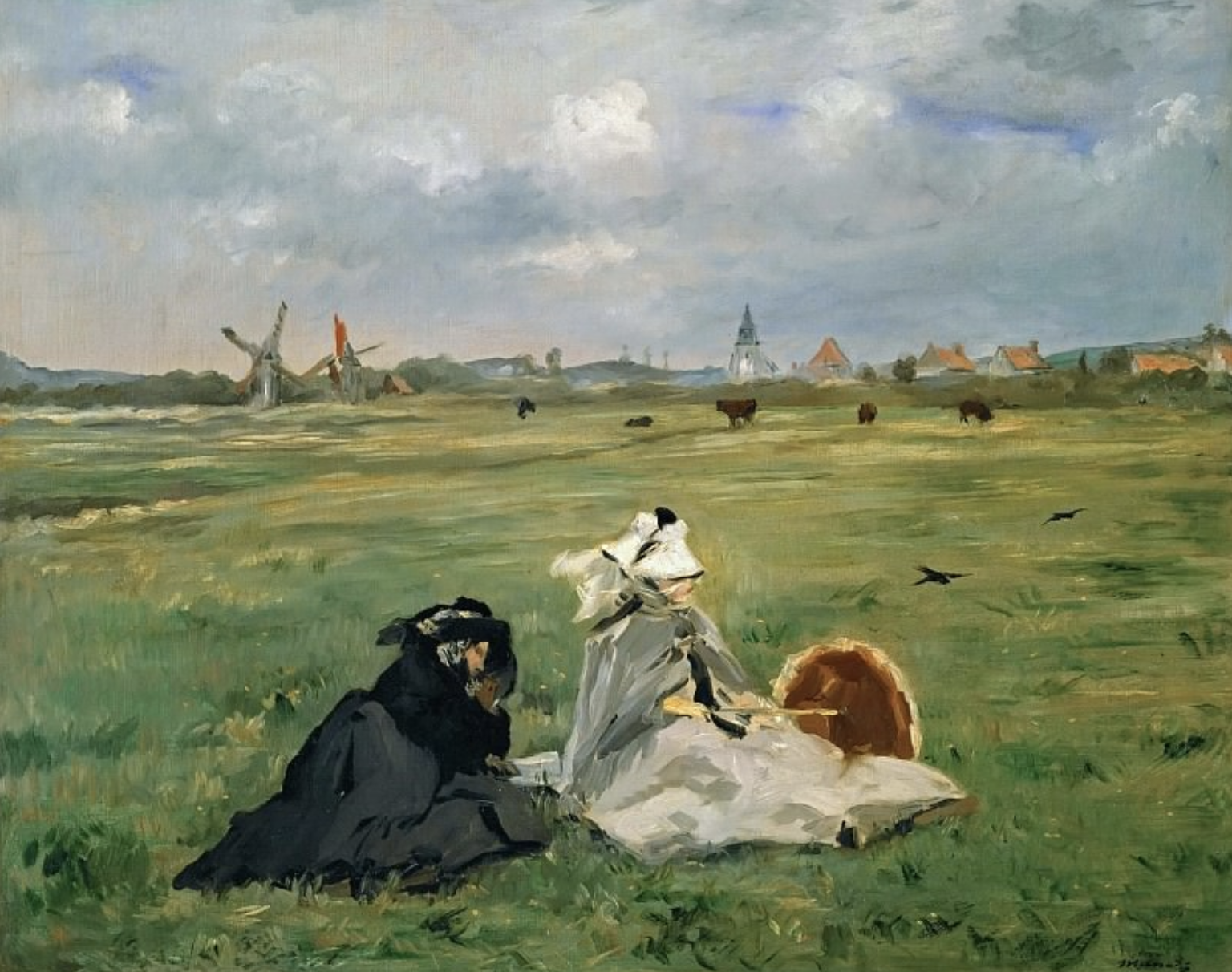
Early Life and Academic Training:
Edouard Manet was born in Paris to a well-off family with strong ties to the legal profession. Despite his father’s wishes for him to pursue a career in law or the navy, Manet was drawn unequivocally to the arts. He eventually convinced his parents to allow him to study painting and enrolled in the studio of academic painter Thomas Couture, where he mastered the techniques of drawing and painting while cultivating a sometimes rebellious attitude towards established artistic norms.
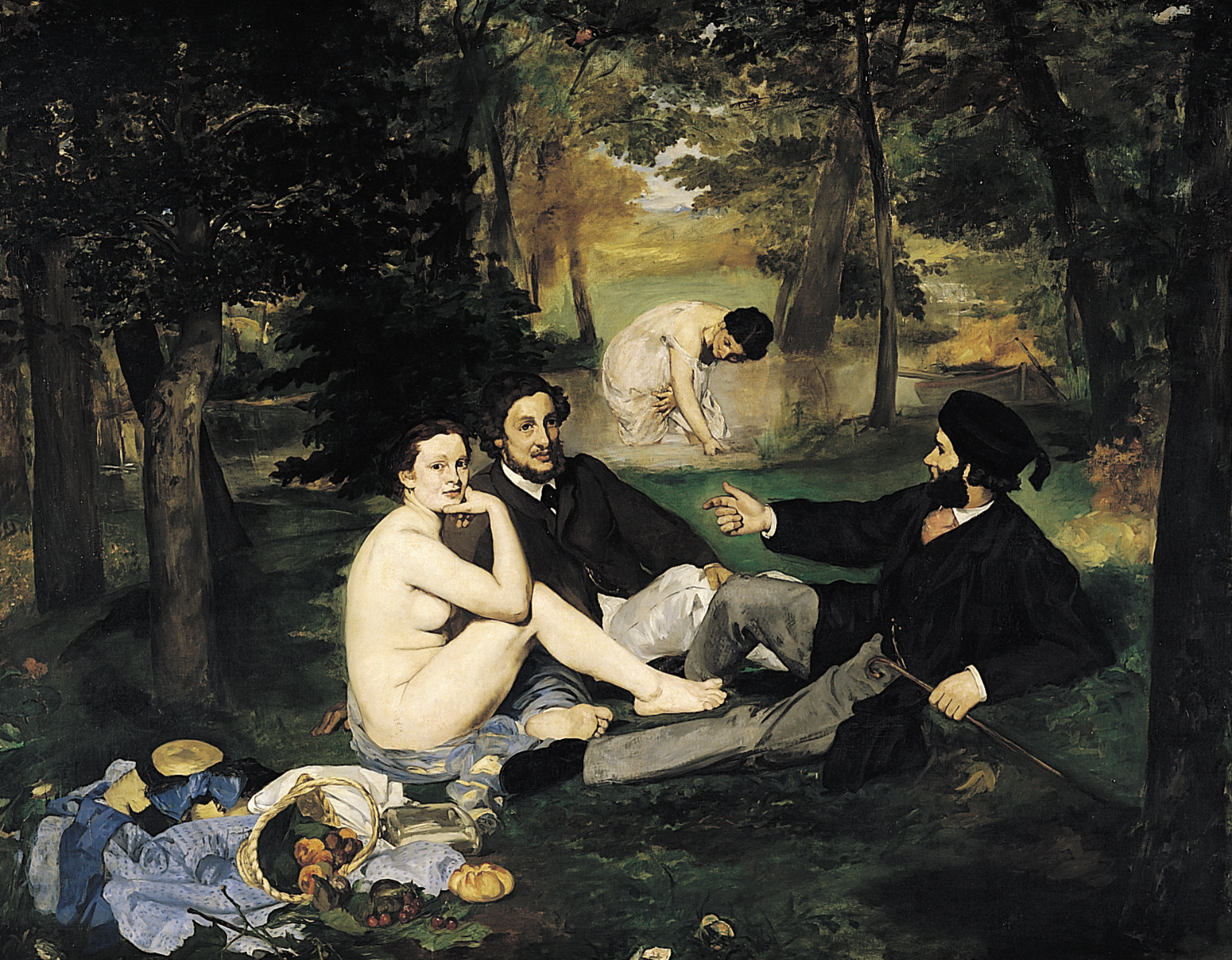
Challenging Conventions:
Manet’s work is perhaps most celebrated for its radical departure from the narrative storytelling and historical themes prevalent in the mid-19th century. Instead, he focused on contemporary subjects and often reinterpreted old masters in novel ways. One of his most infamous works, "Le Déjeuner sur l'herbe" ("The Luncheon on the Grass"), exhibited in 1863, scandalized Parisian society with its depiction of a nude woman casually lunching with two fully clothed men. The painting was rejected by the Paris Salon but exhibited at the Salon des Refusés, which had been established by Emperor Napoleon III for works not accepted by the official Salon.
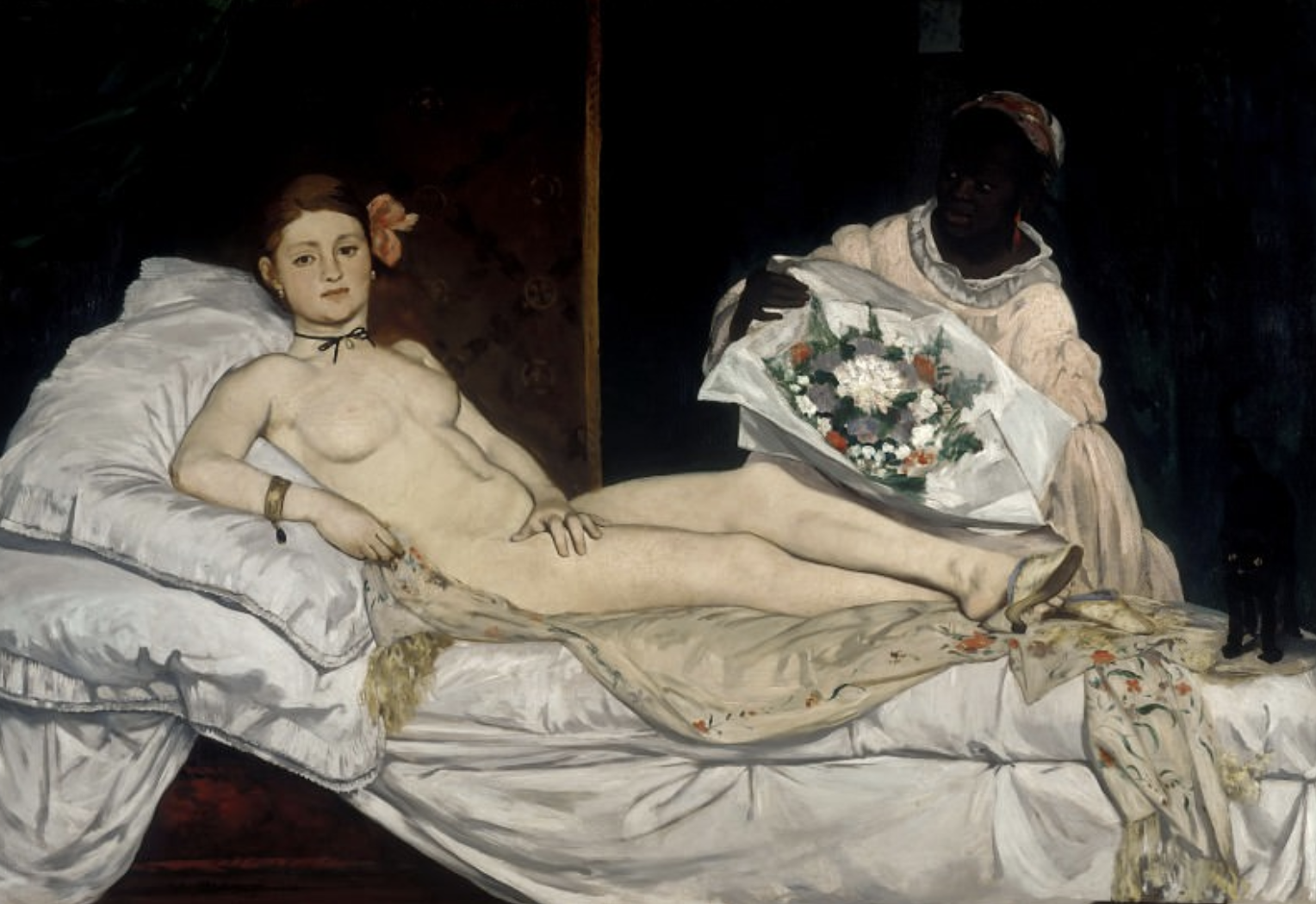
Similarly, "Olympia" (1865), Manet’s portrayal of a reclining nude prostitute, confronted viewers with a stark and confrontational realism that subverted the idealized and eroticized nudes of past art. These works, while causing uproar, ultimately initiated vital discussions about the nature and purpose of art, breaking away from the molds of romanticism and neoclassicism, and pushing towards modernity.
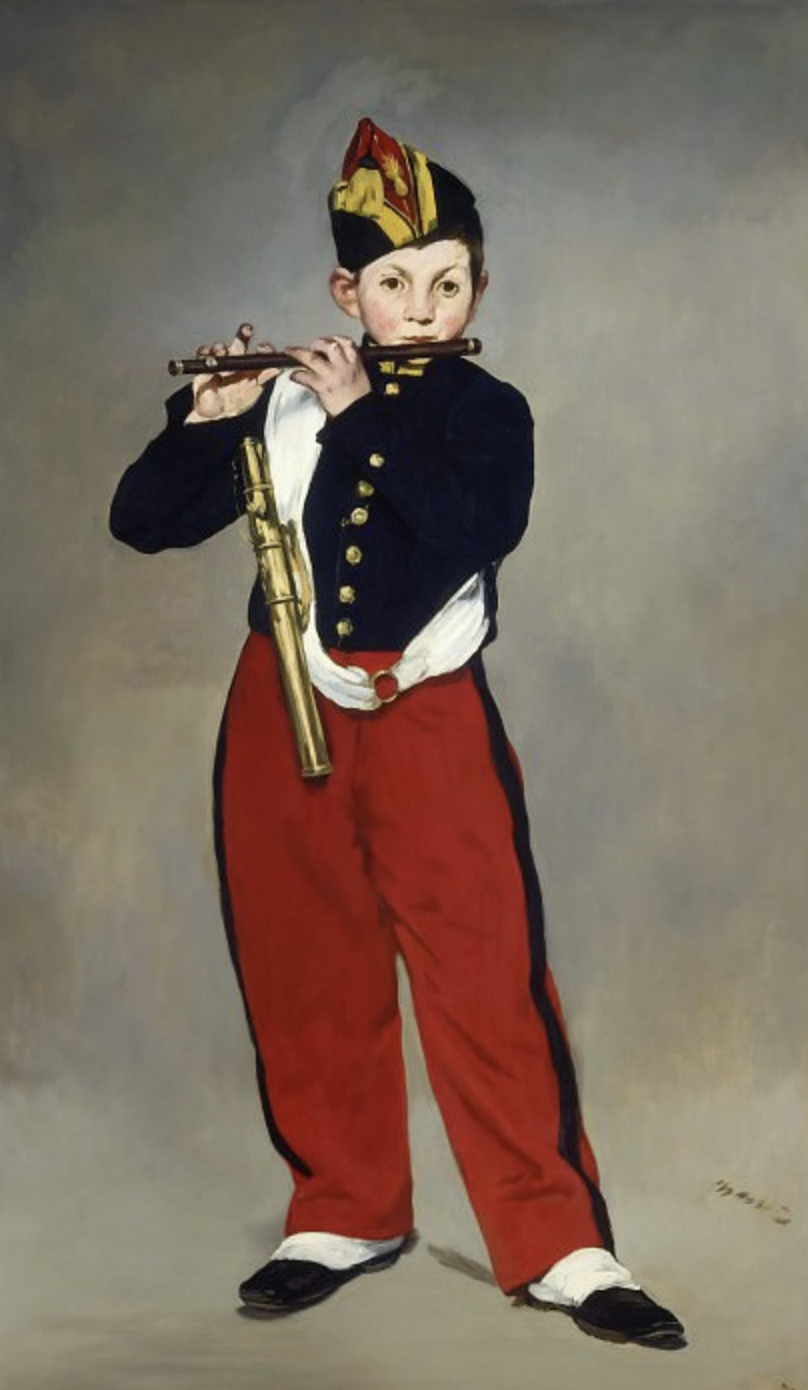
Legacy and Impact:
Manet's influence can be traced through the evolution of modern art. Though he maintained a formal distance from the Impressionist movement—with its emphasis on the natural effects of light and color and plein air painting—his work undeniably influenced the group. Indeed, he was a mentor and friend to many in the Impressionist circle, including Claude Monet and Edgar Degas.
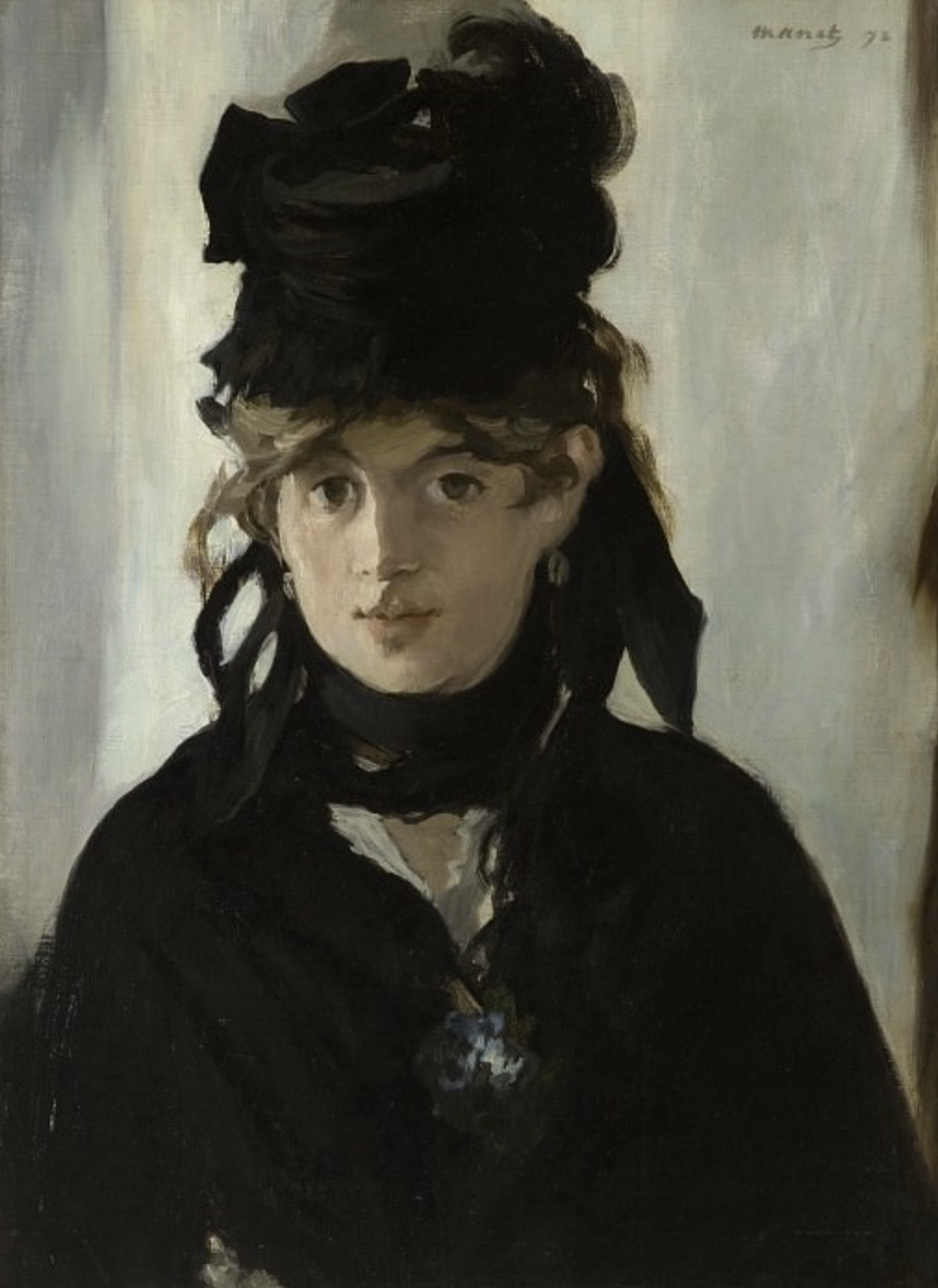
What set Manet apart was his embrace of the flatness of the canvas; he often eschewed the traditional linear perspective and chiaroscuro that created depth, instead opting for strong contrasts, bold brushwork, and a sense of immediacy that engaged the viewer directly. These elements not only influenced impressionism but also forecasted the developments of post-impressionism, fauvism, and the myriad movements that constitute modern art.
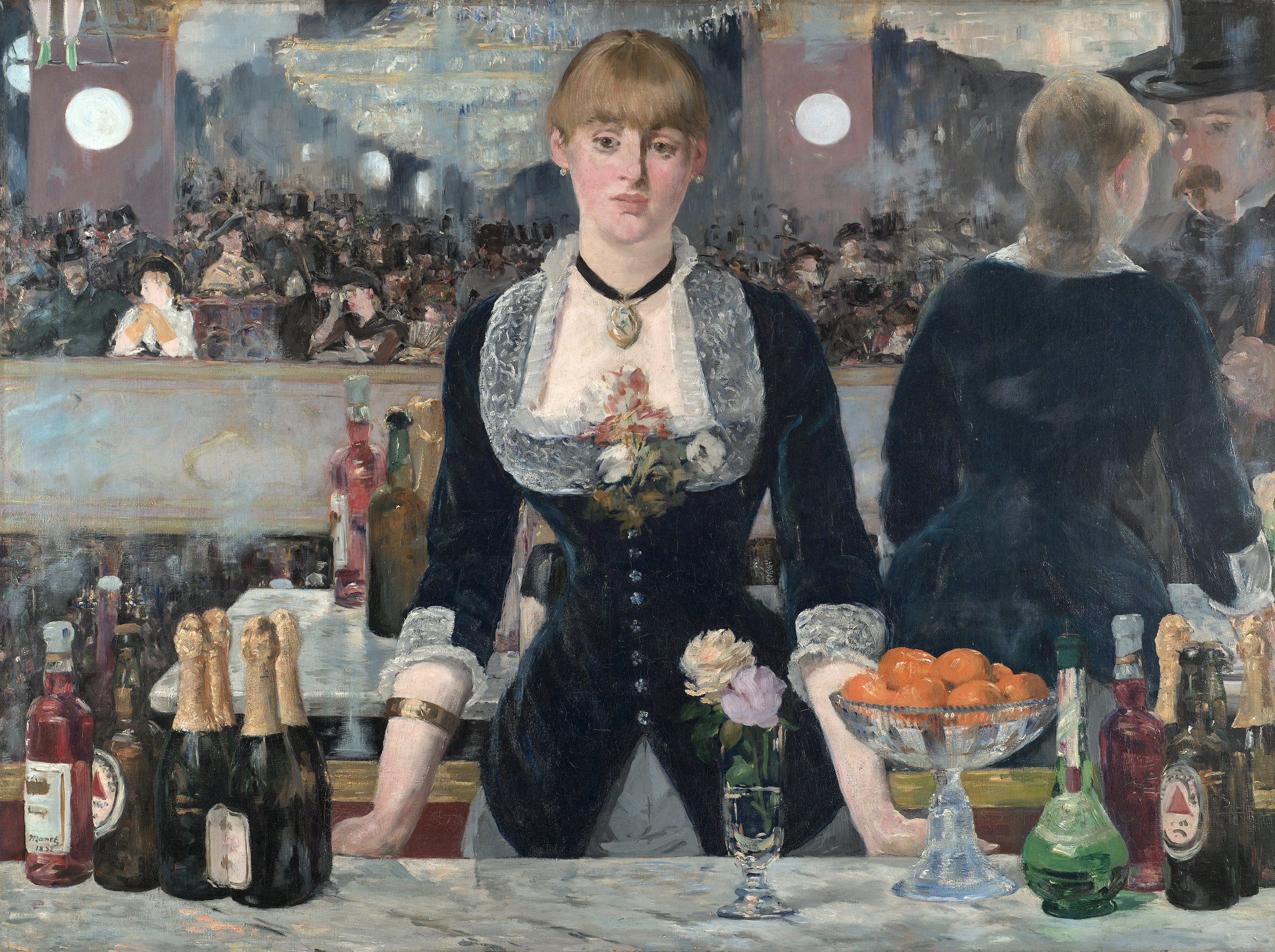
Recognition and Remembrance:
Throughout his life, Manet struggled for wide acceptance and acclaim but found himself persistently met with public ridicule and critical skepticism. Despite this resistance, he continued to produce works of bold composition and technique. It was not until the twilight years of his life that the art establishment began to acknowledge his genius.
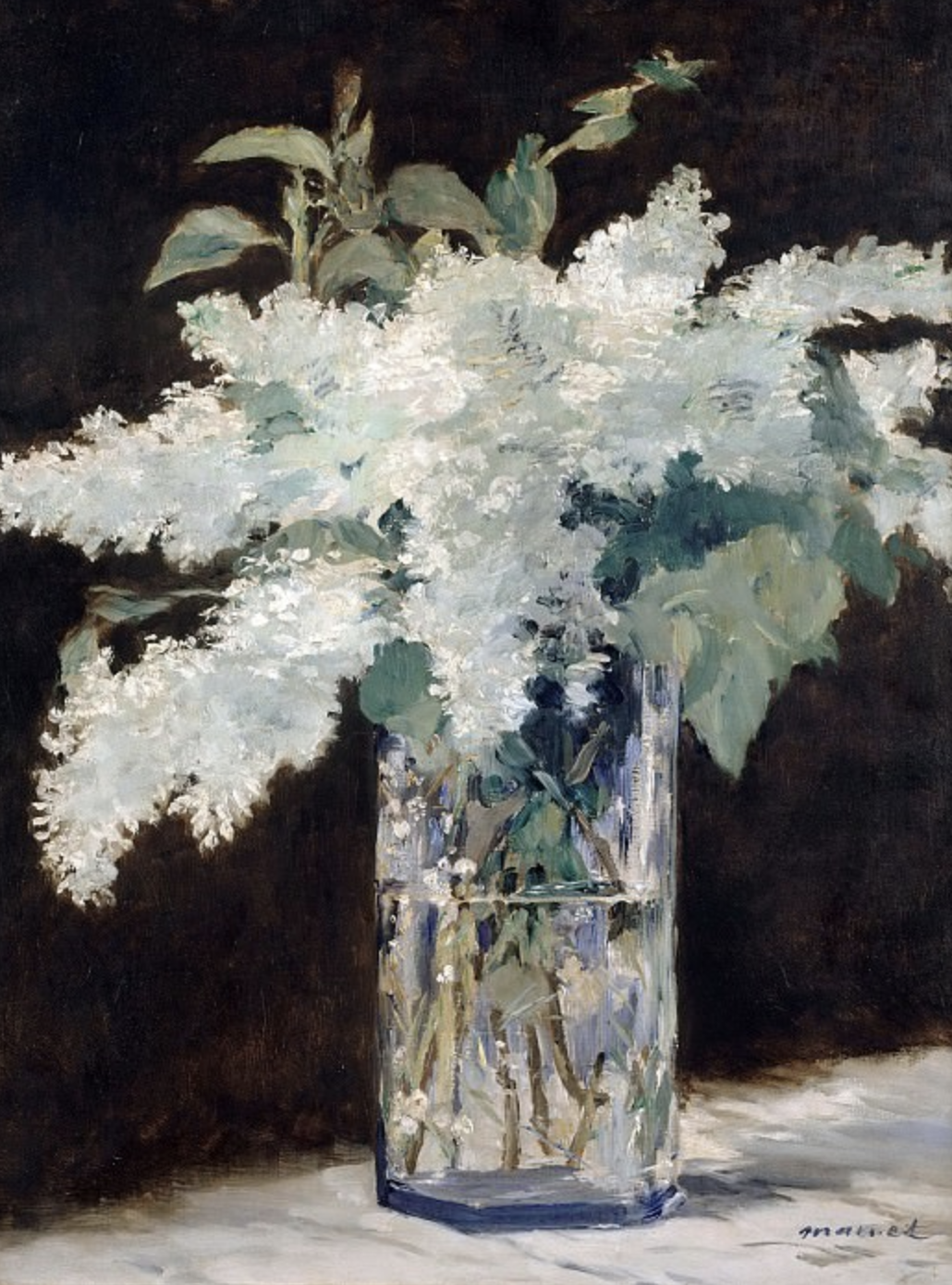
Today, Edouard Manet is revered for his fearless challenge to academic standards and for opening the door to new artistic possibilities. He is celebrated for his immense contributions to the narrative of art, for his role in the transition from realism to impressionism, and for laying the foundations for the wide breadth of modern art. His provocative compositions and innovative approach to subject matter continue to captivate audiences, as his paintings hold pride of place in some of the world's most prestigious museums, ensuring his legacy as a master who not only captured but also shaped his times.